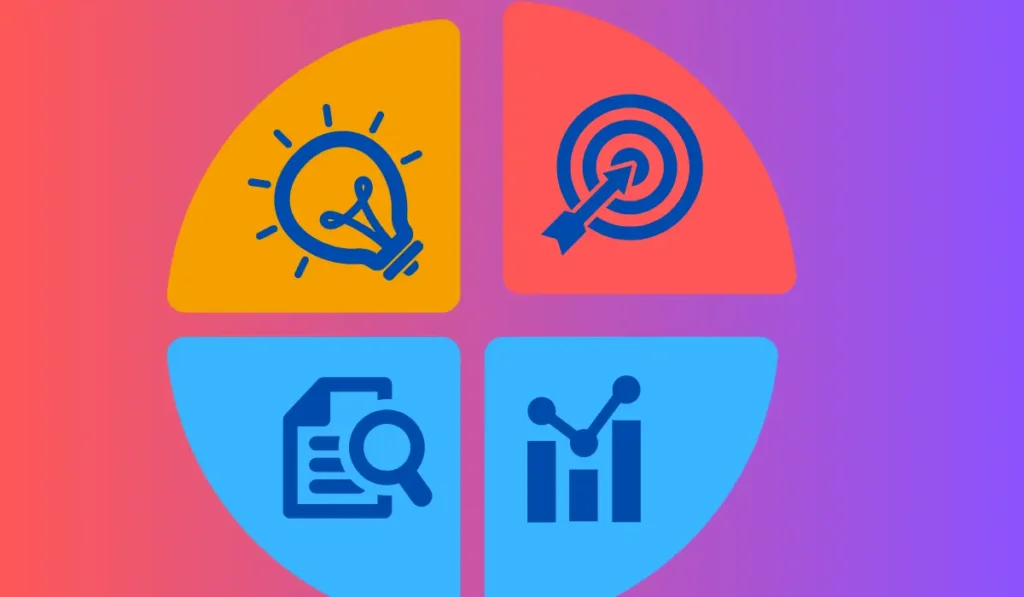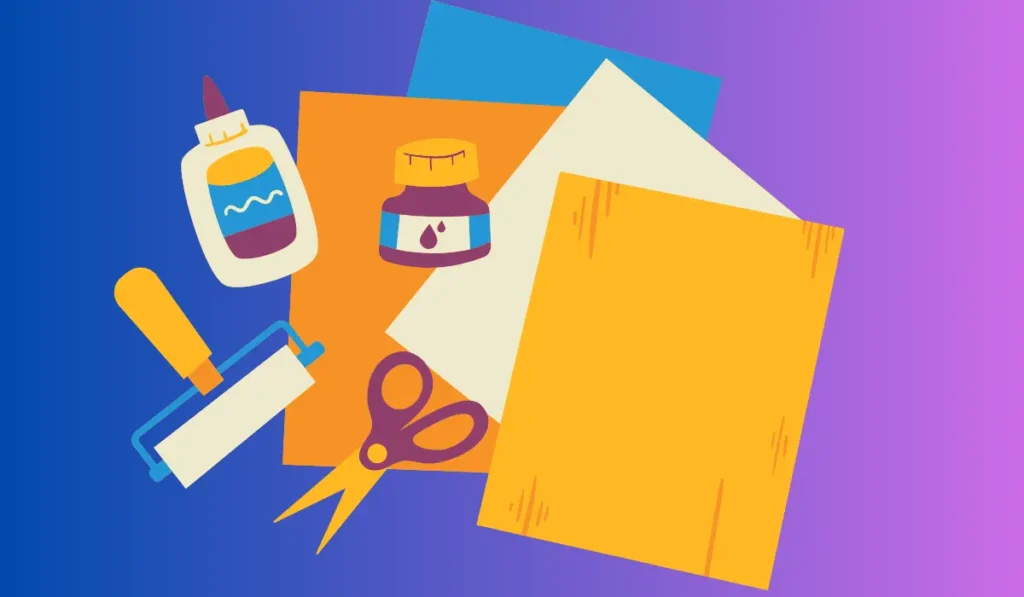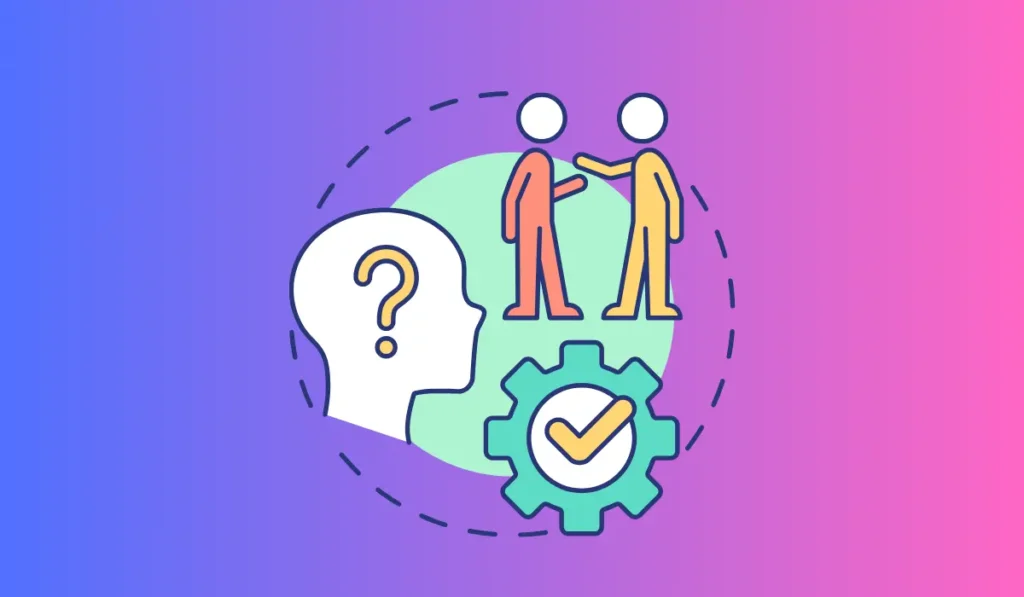Multiple ways of teaching and learning include visual aids, hands-on activities, and lectures. In today’s education system, teaching and learning have gone beyond textbooks and theoretical courses.
Educators are now employing various methods and techniques to make learning more engaging and interactive. From project-based learning to gamification, these innovative teaching strategies have become effective tools to cater to different learning styles and preferences.
With multiple ways of teaching and learning available, educators can now explore various techniques to impart knowledge and skills effectively.

The Importance Of Knowing Oneself
The first step towards effective teaching and learning is to understand the learner’s style. Students have unique ways of taking in and processing information. Some may prefer visual cues, while others may opt for a more hands-on approach.
Here are the key points to consider when identifying learning styles:
- Visual learners may prefer diagrams, graphics, videos, and images to understand the concepts better.
- Auditory learners may favor listening to audio recordings, lectures, and discussions.
- Kinesthetic learners may learn by performing physical activities or experiments.
Exploring Different Learning Styles
Everyone learns differently, and understanding these different learning styles can go a long way toward better teaching and learning.
Visual Learning
Visual learners understand and remember information best when it is presented to them through visual aids. They often prefer to learn through watching videos, studying diagrams, and reading texts with plenty of images. Some key characteristics of visual learners include:
- They enjoy taking detailed notes during lectures and discussions.
- They easily remember faces, charts, and diagrams.
- They may struggle with auditory instructions and lectures.
Auditory Learning
Auditory learners process information best through sound. This includes lectures, discussions, and podcasts. They can easily remember information that they hear and might enjoy background music while studying. Some key characteristics of auditory learners include:
- They may have strong speaking skills and might be comfortable with public speaking.
- They might appear to be good listeners, as they frequently seek verbal instructions.
- Visual distractions can distract or irritate them.
Kinesthetic Learning
Kinesthetic learners learn best through physical movement and hands-on activities. They require a hands-on approach to learning, preferring to learn through experiments and trial and error. Some key characteristics of kinesthetic learners include:
- They are often very coordinated and enjoy physical activities such as sports and dance.
- They might become restless during lengthy lectures or periods of inactivity.
- They might prefer classes or workshops where they can build or create something.
Reading/Writing Learning
Reading/writing learners learn best through the written word. This includes reading and writing assignments, textbook readings, and note-taking. Some key characteristics of reading/writing learners include:
- They are avid readers and enjoy writing stories or essays.
- They might take thorough notes during lectures and lessons.
- They might struggle with oral instructions or discussions.
By understanding these four main types of learning styles, educators can develop more effective and personalized learning strategies that suit each student’s needs.

Teaching Strategies For Different Learning Styles
As educators, we all have different teaching strategies that we use to help our students learn effectively.
Implementing various strategies can benefit students of all learning styles, whether they are visual, auditory, kinesthetic, or prefer reading and writing. We will discuss some of the best teaching strategies for different learning styles.
Visual Teaching Strategies
Visual learners use images, colors, and graphics to help them understand and retain information. Following are some ways to incorporate visual teaching strategies in the classroom:
- Use diagrams, videos, and infographics to help convey complex information.
- Encourage students to take notes, make sketches, and use color-coding to organize information. For example, a lesson on dropshipping suppliers could include diagrams that visually explain the supply chain process.
- Use mind maps to connect concepts and ideas visually.
- Incorporate graphic organizers and charts to summarize information.
- Use whiteboards and visual aids to explain concepts and ideas.
Auditory Teaching Strategies
Auditory learners learn best through sound and speech. To optimize the learning experience of such students, educators can implement the following strategies:
- Encourage oral participation and open dialogue during lectures and class discussions.
- Use speech and sound effects to explain concepts.
- Create podcasts and provide audio recordings for students to review course material.
- Incorporate musical elements to convey information – for example, use songs to remember difficult topics.
Kinesthetic Teaching Strategies
Kinesthetic learners prefer to learn through hands-on experience and movement. Incorporating the following strategies can help kinetic learners thrive:
- Provide opportunities for hands-on activities and experiments.
- Incorporate physical movement activities into the learning process.
- Encourage use of tactile materials – such as creating physical models and using manipulatives.
- Use active learning techniques – such as role-playing or simulations.
Reading/Writing Teaching Strategies
The fourth type of learning style is reading/writing. Students who prefer this learning style like to process information through reading and writing. The following strategies can benefit students who excel in reading and writing:
- Use books, articles, and journals that cater to your student’s interests and hobbies.
- Encourage students to take notes and summarize key points in writing.
- Provide written summaries of lectures, and encourage students to write responses for discussion questions.
- Encourage students to engage in reflective writing exercises.
Teaching strategies vary across many different learning styles. By incorporating a range of different strategies that cater to individual styles, educators can help their students get the most out of their education.
Frequently Asked Questions
How Can I Implement Collaborative Learning In My Classroom?
Collaborative learning can be implemented by assigning group projects, activities, and discussions. It is important to set clear expectations and guidelines for group work.
What Is Peer-To-Peer Learning, And How Can It Benefit Students?
Peer-to-peer learning involves students teaching and learning from each other. This approach promotes active engagement, collaboration, and the development of communication skills.
How Can I Adapt My Teaching Strategies To Meet Different Learning Styles?
To adapt your teaching strategies, it is important to identify the various learning styles in your classroom (e. g. Visual, auditory, kinesthetic) and incorporate multiple methods of instruction.
Conclusion
After exploring various ways of teaching and learning, we can conclude that every learner is unique and requires a personalized approach. Traditional methods such as lectures and textbooks are still relevant, but technological advancements have opened up new and innovative ways of teaching. Active learning, gamification, and collaborative learning have proven to be effective methods that engage learners and encourage critical thinking.


